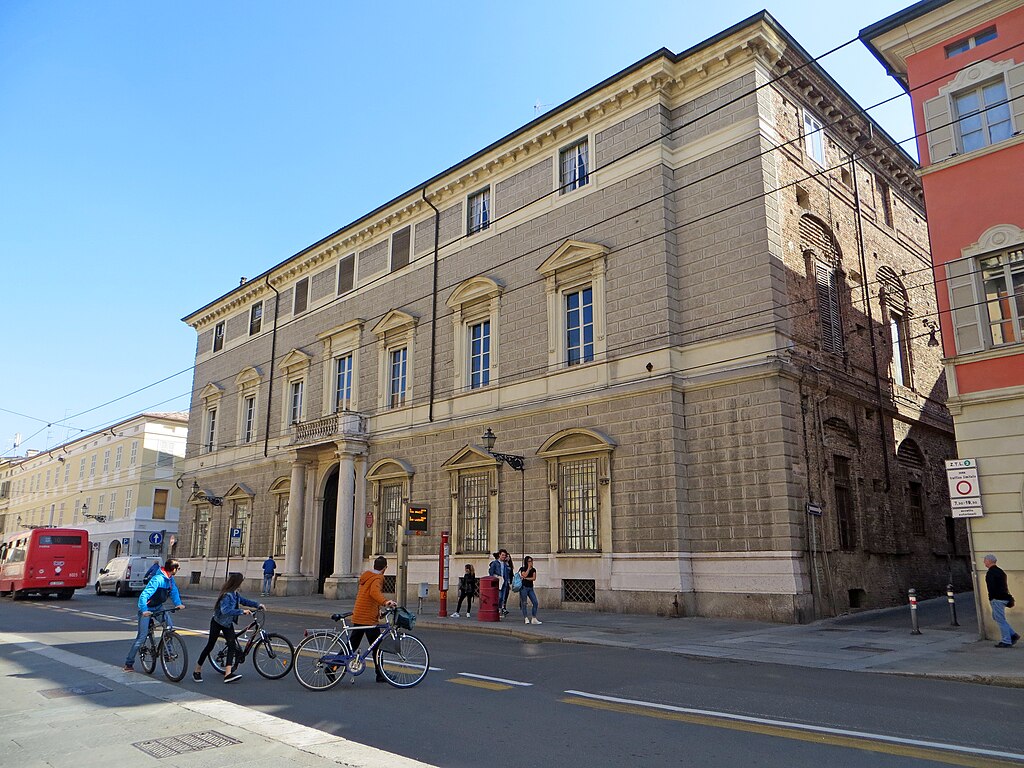
Palazzo Marchi and Beyond: Unveiling Parma’s Historic and Artistic Landmarks
Palazzo Marchi – Image from Wikipedia Nestled in the heart of Parma, Palazzo Marchi stands as a testament to the city’s rich cultural and artistic heritage. Built between 1770 and 1774 by Marquis Scipione Grillo, this 18th-century palace is a magnificent example of neoclassical architecture. Its elegant facade, stucco decorations, and rich artistic collection make […]
Palazzo Marchi and Beyond: Unveiling Parma’s Historic and Artistic Landmarks Read Post »